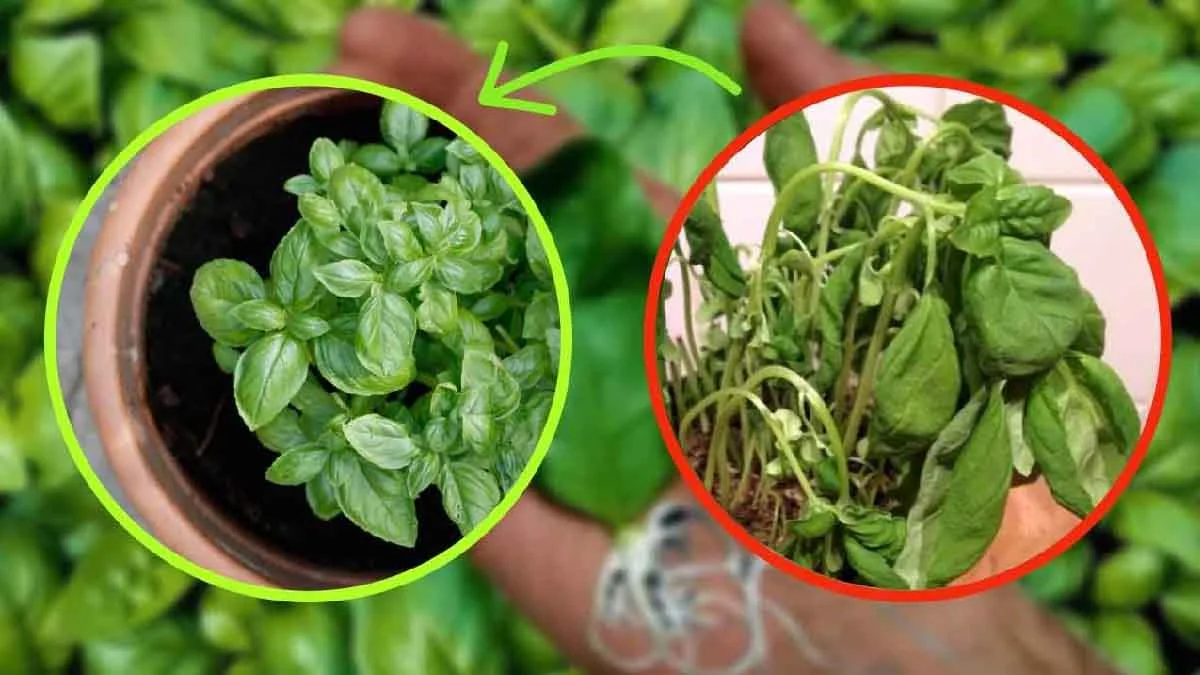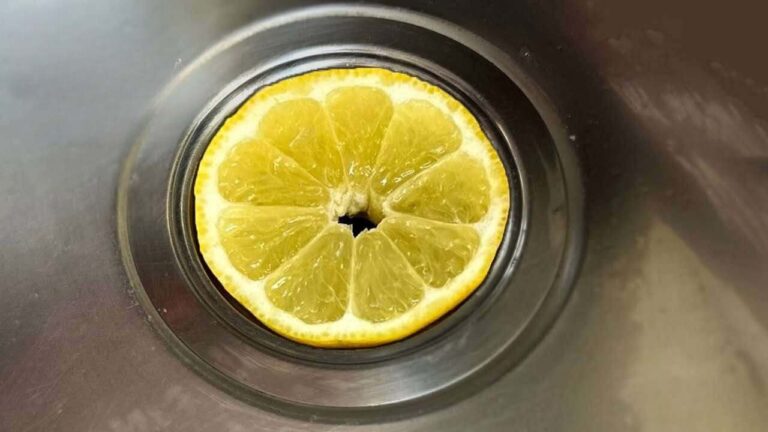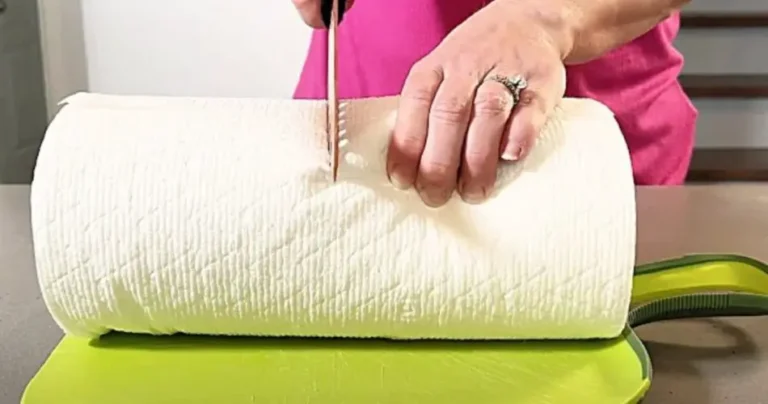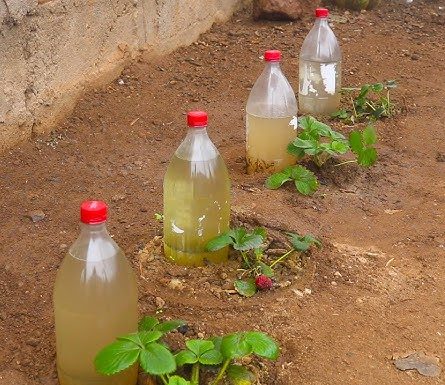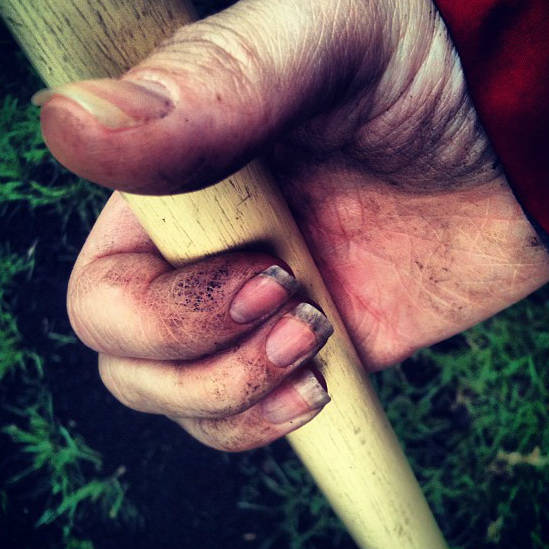Basil: the cheapest way to multiply it infinitely! Make pesto all winter
To grow basil , it is necessary to adopt very simple and basic cultivation techniques . There is an easy, zero-cost method that allows you to multiply it infinitely. This is the secret of nurserymen and gardeners.
Basil is the queen of aromatic herbs with its unique scent. It is used to flavor dishes, especially summer ones. This aromatic plant is also used in the garden or on the terrace to ward off insects that can invade homes.
Thanks to all its properties, many nursery experts, as well as amateurs, decide to grow it in their garden, but the harvest is not always satisfactory. Basil leaves, very delicate, can be damaged and pierced. How to effectively grow basil seedlings ? Here is the zero-cost method to multiply it infinitely.
Basil: what are its characteristics?
With the scientific name of Ocimum basilicum, basil is an aromatic annual plant belonging to the Lamiaceae family. Originally from India, it is used to flavor various culinary preparations.
Basil plants can reach 60 centimeters in height and produce white or pink flowers, which are often removed so as not to interfere with the growth of the plant.
Basil: what are its properties?
Basil is an aromatic plant with a thousand properties and nutritional benefits. Known for its negligible caloric intake and low glycemic index, its leaves are rich in vitamins and mineral salts.
Low in fat and sugar, it contains more omega-3 fatty acids which give it anti-inflammatory properties. Basil provides the human body with the following minerals: iron, potassium, phosphorus, zinc, B vitamins and vitamin C.
Growing basil: the nurserymen’s secret
If you intend to grow basil in the garden or on the balcony, follow these simple tips from expert nurserymen. Start by inserting the basil seeds into the soil and covering them with a one-centimeter layer of soil. Basil sowing begins in April, when the climate is milder.
It is necessary to water the plant, remove the leaves and flowers and fertilize the soil with nutrients. To fertilize basil and stimulate the growth of this aromatic plant, you can use a mixture of coffee, brewer’s yeast and wood ash . Spread these ingredients evenly on the ground. Fertilize basil plants twice a year : in spring and during the autumn season.
This method yields a lot of basil. This way you can make lots of pesto to enjoy all winter long!
